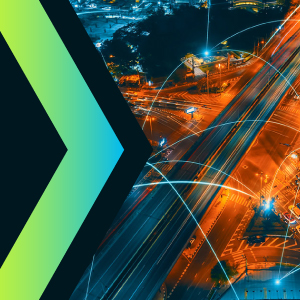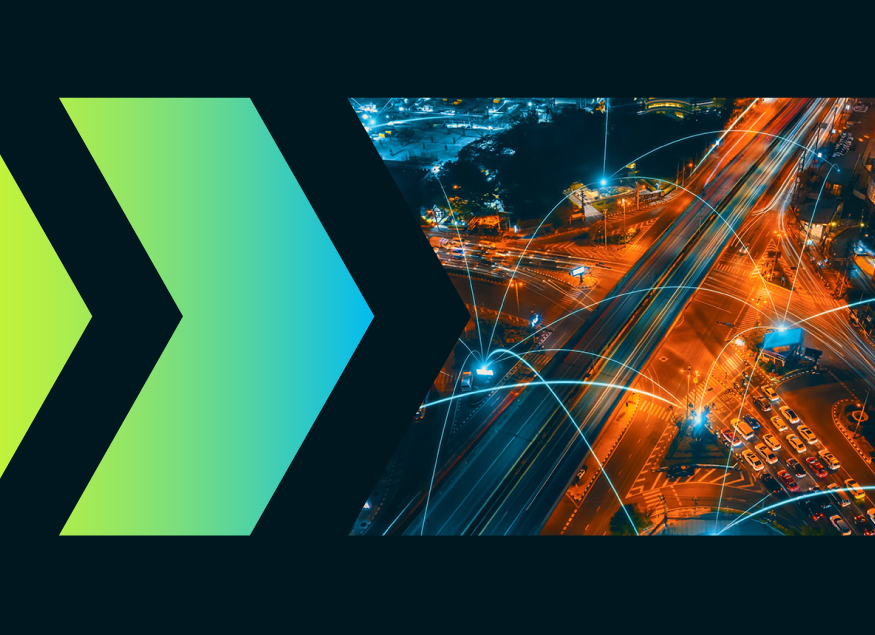Trying to make your maintenance dollars go further without cutting corners on insight, safety or service?
If so, you’re not alone. With budgets often stretched and infrastructure demands growing, many agencies are reexamining how to get the most value out of every maintenance dollar. That’s why many are rethinking expensive, labor-intensive field inspections and turning to smarter, more cost-effective alternatives.
AI-analyzed dashcam imagery from commercial and fleet vehicles gives teams near real-time, visual insights into road conditions without the typical overhead. By using what’s already on the road, agencies can cut spending while getting even better data on pavement conditions, signage, lane markings and hazards.
Smarter Inspections. Real Savings.
Manual inspections can cost anywhere from $100 to $200 per mile, depending on the method and crew required. When you factor in vehicle costs, staffing, scheduling and delays, those expenses scale fast, especially for agencies managing thousands of miles.
AI-powered visual intelligence can reduce up to 90% of the manual inspections traditionally required for roadway condition assessment. That’s a considerable savings in time and money. In Hawaii, automated analysis of guardrails, striping and debris saved the state DOT over $900,000 by eliminating unnecessary field visits and allowing more strategic deployment of maintenance dollars.
With continuous AI-driven assessments, inspections shift from rigid schedules to condition-based decision-making. This allows agencies to focus their limited resources where the data shows they’re actually needed, maximizing impact while minimizing waste.
Lower Operational Strain, Lower Spend

Reducing fieldwork doesn’t just save time, it cuts expenses across the board. Fewer field deployments mean lower fuel costs, less vehicle wear and fewer overtime hours.
Instead of organizing additional field inspections, agencies can rely on regularly updated insights coming from existing vehicle networks. This reduces the need to expand teams or invest in specialized equipment to keep up with inspections. It also supports a safer inspection process by reducing risk exposure for field crews.
Better visibility leads to more accurate budgeting. Instead of flying blind—or relying on complaints—you can plan maintenance with precision, stretch your resources and avoid surprise repairs that blow up budgets.
Faster Recovery, Lower Emergency Costs
Storms, floods, and other disruptions can incur urgent, unexpected expenses. But quick, AI-enabled visual assessments can help reduce emergency costs.
Agencies can assess road damage without dispatching field teams immediately, saving time and protecting crews. Infrastructure inspections are evolving to include tools like Google Street View, providing a reliable “before” snapshot. Combined with dashcam imagery for the “after,” agencies can clearly analyze damage and document changes over time. That early insight supports faster funding requests and avoids the cost of blanket response measures that may not be necessary.
With centralized, visual data that’s easy to share, teams can streamline contractor coordination, skip redundant inspections and focus their limited funds where they’ll have the most impact.
Rewriting the Cost Equation
Road inspections don’t have to drain your budget. With AI-analyzed dashcam data, agencies are expanding visibility across their networks while significantly cutting costs.
The real value lies in shifting from reactive to efficient, insight-driven decision-making. From daily maintenance to emergency recovery, this model is helping public teams rethink how, and how much, they spend on inspections.
For any agency trying to do more with the same—or even less—budget, it’s time to rethink how inspections are conducted.







